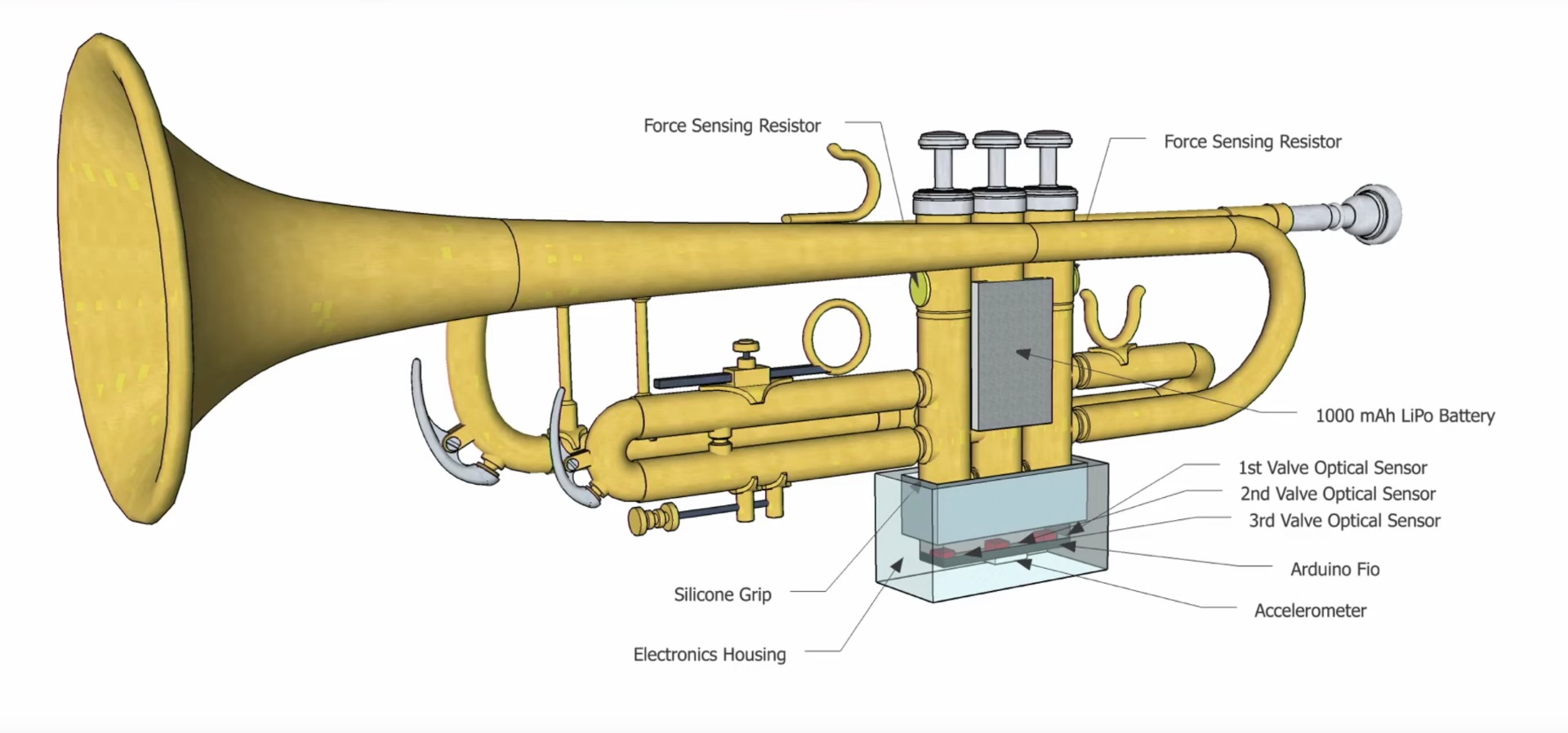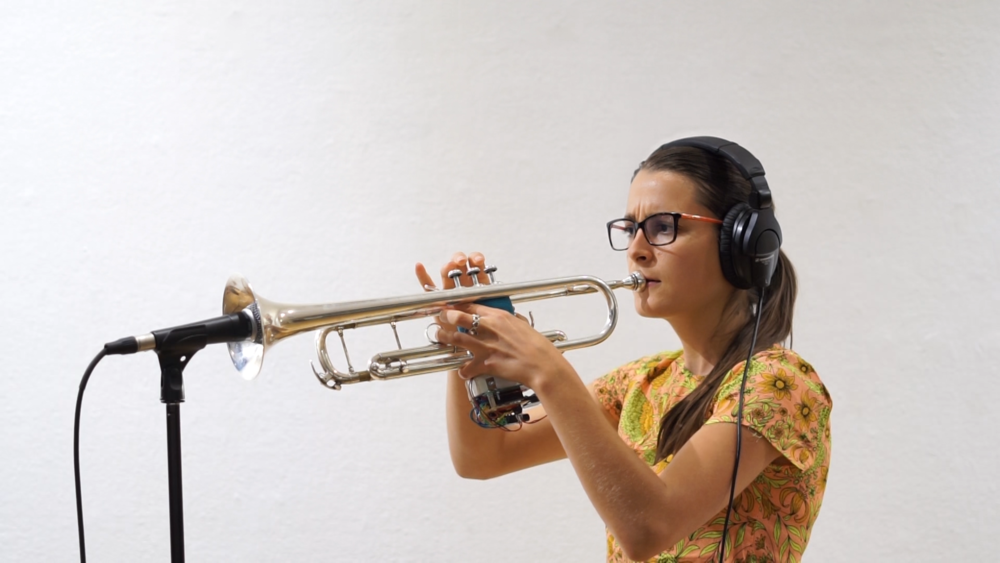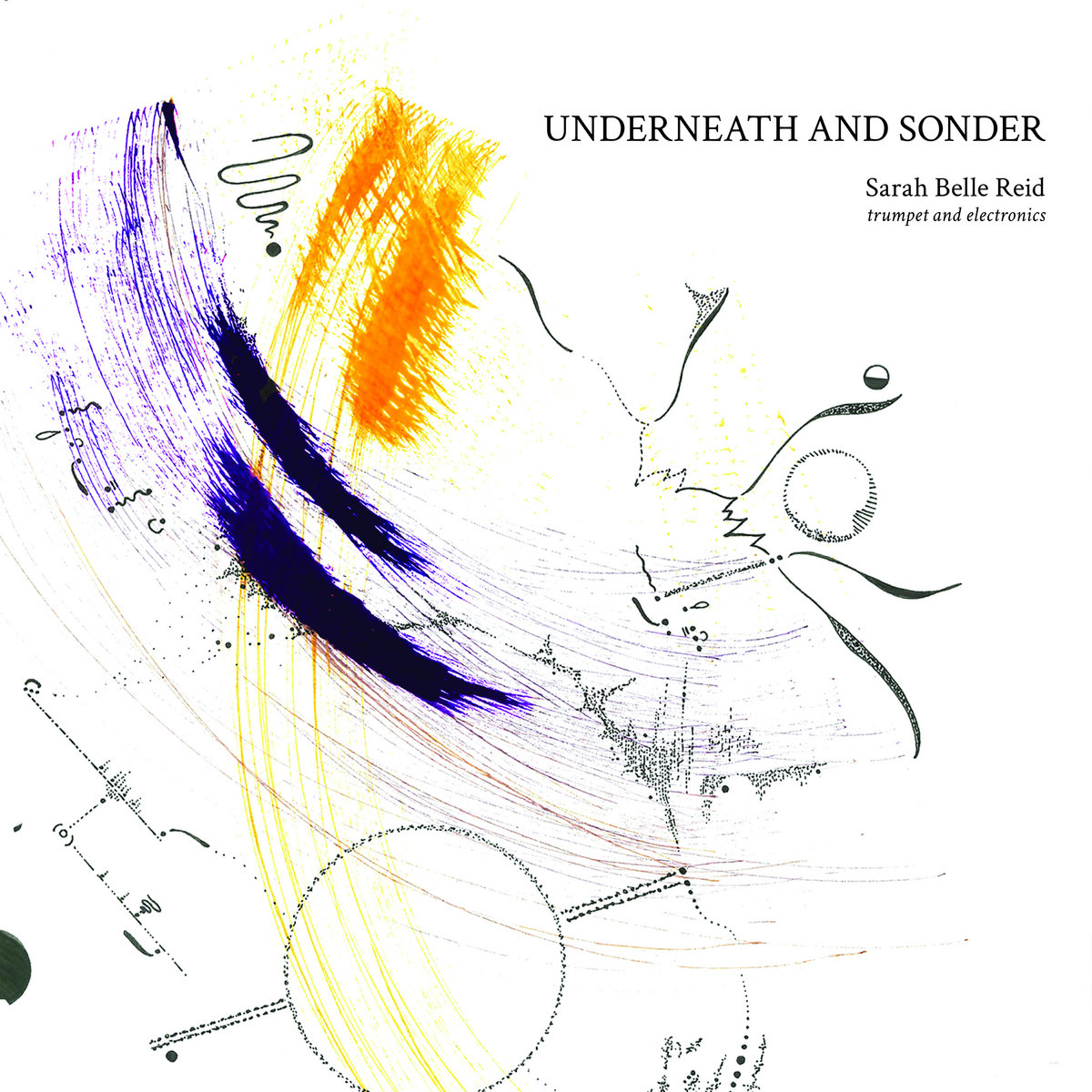It is likely that anyone who reads this text has a certain fascination with musical instruments, and perhaps has even pondered the idea of creating one themselves. But the reality is that making a musical instrument is not a particularly easy endeavor, and many of us never make this jump.
Artists Ryan W. Gaston, and Sarah Belle Reid are among those few who decided to take a chance and dive deep into the development of their very own personalized instrument that they call MIGSI (Minimally Invasive Gesture Sensing Interface). The duo came to our event space to share what they’ve learned and discovered while developing MIGSI, and to demonstrate the interface in its current state. So for anyone wondering how to create your own instrument, but not knowing where to even start, there are plenty of idea gems in the video above.
So, What is MIGSI?
Well, rather than being a stand-alone music-making device, MIGSI is intended to be a bridge between an acoustic instrument and the world of electronics, whether it is software or hardware. It is a method of augmentation of acoustic instruments, which radically expands the possibilities of a performer. As both artists are trumpet players, MIGSI naturally grew as an extension to this particular instrument, yet with some work, the same principles could certainly be applied to any other acoustic instrument.

How does MIGSI work?
Essentially, MIGSI is a curated collection of sensors wired to a microcontroller that collects data about the performance in real-time and sends it to software or hardware for further interpretation and distribution. The interface is equipped with optical sensors beneath each valve of the instrument, a couple of FSR (pressure) sensors measuring the strength of the performer's grip, and an accelerometer, which uses the position of the instrument in space for control.

It should be clear at this point that MIGSI is not designed to directly process or transform the sound of the instrument itself, but it rather uses the energy and movement of the performer to control the parameters of a synthesizer, trigger musical events, and so on. In its current form, MIGSI primarily interfaces with a custom patch built in Max/MSP that provides them the ability to quickly iterate on ideas in a manner similar to a modular synthesizer. This patch can create and process sound, or be used as a bridge between MIGSI and the world outside the computer—in this case, they use both the computer and a Buchla modular synthesizer as a means of extending the sound world of the trumpet.
The design ensures that the musician doesn’t necessarily have to change their technique in order to use MIGSI. Albeit, as artists share their experience, it does require a fair amount of strategizing of the mapping and fine-tuning in order to extract meaningful musical results.
What is the future of MIGSI?

Although the idea has come a long way since Ryan and Sarah started working on it, it is still in a state of ongoing development. This doesn’t mean that you cannot benefit from their work at this point though. The artists have already published two papers documenting the development of MIGSI, which are freely accessible here and here. The duo has also developed similar custom software in Cycling 74’s Max as well—software which can be used outside of the MIGSI framework, and could potentially be acquired from directly from the artists.
Furthermore, if you are curious to hear more sounds created with MIGSI, check out the mindbending debut album by Sarah Belle Reid ”Underneath and Sonder”.







